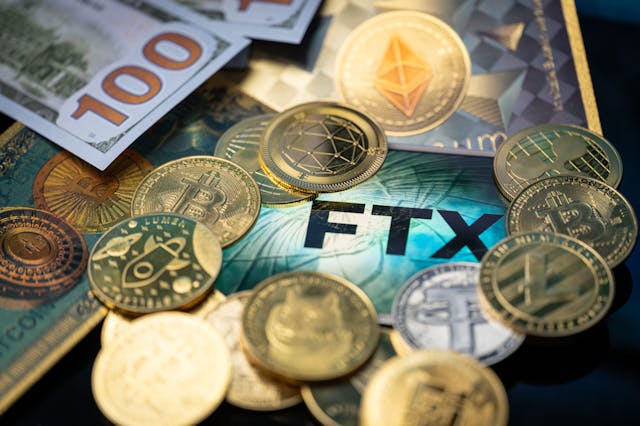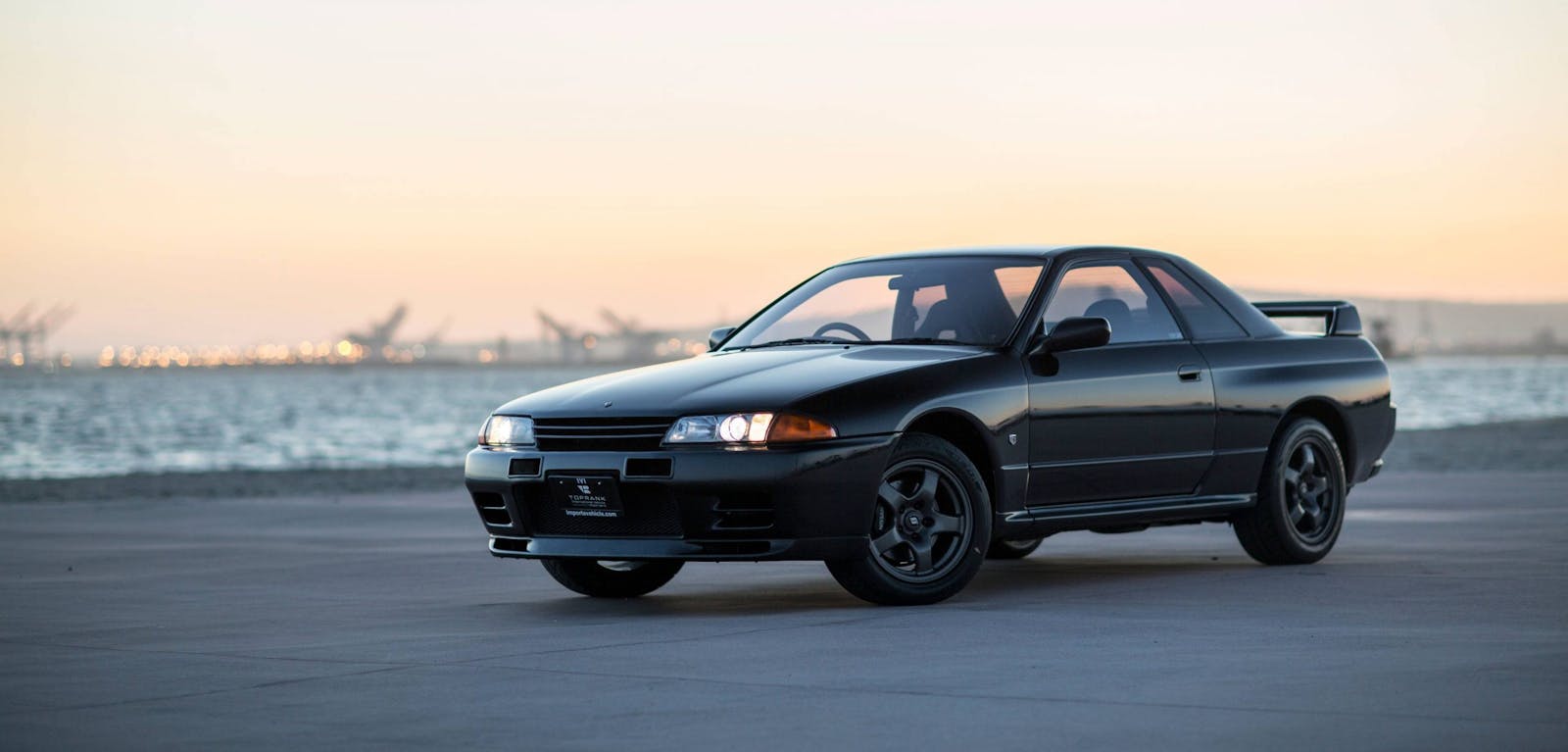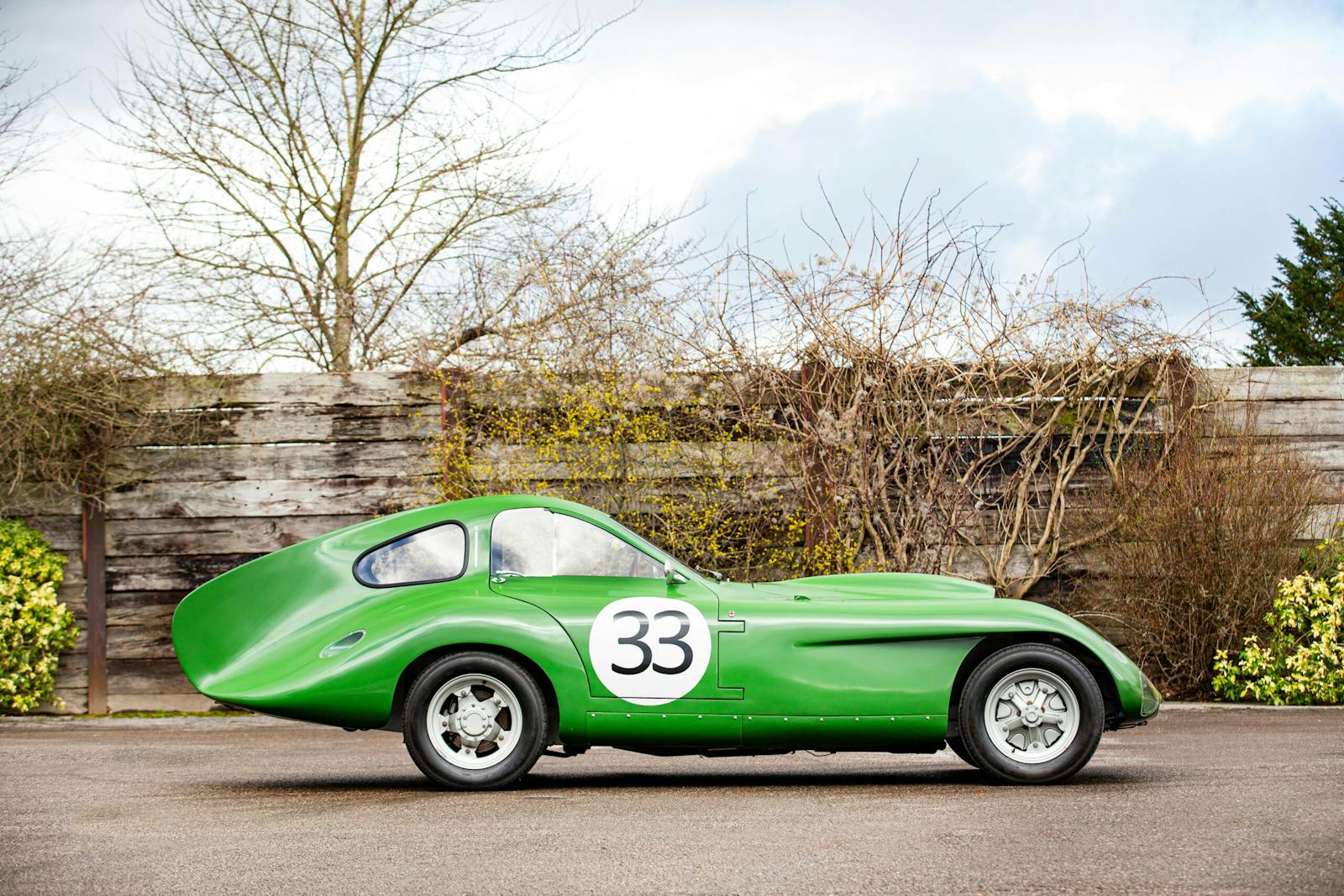Does crypto’s 2022 downturn and FTX drama matter to the collector car market?
The recent collapse of cryptocurrency exchange FTX was greeted with more than a touch of schadenfreude by some of my colleagues on the Hagerty Insider team Slack thread. One of the things we all love about covering the classic car market is that although our data can admittedly get a bit complicated, our love for them is simple and tangible.
But the crypto market and its foundational blockchain tech aren’t going away anytime soon—and its ups and downs can impact our seemingly distant world. Though not directly akin to the greed-is-good Wall Street ’80s and its corresponding supercar sales, today’s crypto world is not without its penchant for vehicular displays of freshly mined money. So, with FTX founder Sam Bankman-Fried’s arrest this week in the Bahamas, I figured it was time for a check-in.
The crypto slide
This time last year, crypto was riding high. Total market capitalization for digital currencies had peaked at $2.9 trillion in November 2021. Non-fungible tokens, which ride on the blockchain technology that underpins the currencies, were selling for wild sums—a $22,000 NFT of a Ford Bronco, our Sale of the Year for 2021, was a deal compared to the $69M paid for the artist Beeples’ NFT collage, Everydays: The First 5000 Days.
That was then. Crypto market capitalization has been slipping (and occasionally plummeting) for much of 2022, reaching $1 trillion at the end of October. It got worse from there. FTX, one of the largest cryptocurrency exchanges in the world, collapsed in early November when crypto holders sought to withdraw their funds—funds that FTX leaders had allocated elsewhere. That sent total crypto values tumbling even further, to around $800 billion.
The reasons behind the decline of crypto—and the intrigue at FTX—is another tale for another day. An overriding cause though, is actually quite simple: Crypto, once thought to be an alternative investment, is now performing much like the regular old stock market.
“Crypto is incredibly tied to macro events like the actions of the Federal Reserve, interest rates, and employment rates,” said Greg Adams, Digital Asset and NFT Specialist at the Fine Art Group. “That’s not how it was in cryptocurrency’s early days, but these external factors are now woven into everything that is crypto. It’s almost all equities traders at this point. Some of the percentages are a little different but the markets track in the same direction. Once inflation is tamped down and interest eases, you’ll see them bounce back.”

The smoking Geländewagen?
Amidst the crypto meltdown, a story appeared on Curbed about “The Great G-Wagen sell-off,” which observed a sharp increase in G-Wagen listings on Autotrader. Noted car guy and carsandbids.com founder Doug DeMuro commented on the fall of G-Wagens back in May of this year—right in the midst of when the crypto market cap fell off a cliff. New G-Wagens, anecdotally, are darlings of the crypto set (older examples, per Hagerty Price Guide editor Greg Ingold, “have attained collector status and are more insulated from these fluctuations”). Was this our smoking gun, as it were?
Well, not quite. The biggest challenge is following the money. Although many collector car auction companies have started accepting various forms of digital currency, most have told us it accounts a small-to-nonexistent share of their transactions. That leaves the murky private market. We’ve heard of dealers who have done good business with the crypto-rich, but of course, they don’t have to report the ebbs and flows.
Furthermore, it can be difficult to parse the direct effect of crypto’s fall on a car versus the larger economic forces at work.
“It’s really hard to directly tie consumer behavior to the crypto market because the stock market—and other markets, such as real estate—were performing strongly during the same period [that crypto was healthy],” said Derek Tam-Scott, Principal at Issimi, a collector car brokerage. He added that besides knowing that one client has been particularly successful in the crypto sphere, Issimi has not noted any specifically crypto-wealthy customers or crypto-market-based transaction behavior.
Down but not out
If nothing else, you’d think the crypto crash would put a kibosh on digital art. Not quite, said Adams. “With sales volume of NFTs down considerably due to crypto prices, artists have for the most part paused their listings, but they’re still creating content for when the market turns around.”
Neither have we likely seen the end of conventional companies attempting to integrate NFTs with existing tangible product lines. “Nike is in full-blown build mode,” said Adams. “They are charging forward with launching merchandise and physical pieces to match their Cryptokicks project.” Owners of the Nike NFT associated with the effort have access to “skins” that can change the look and color of the associated tangible shoe.
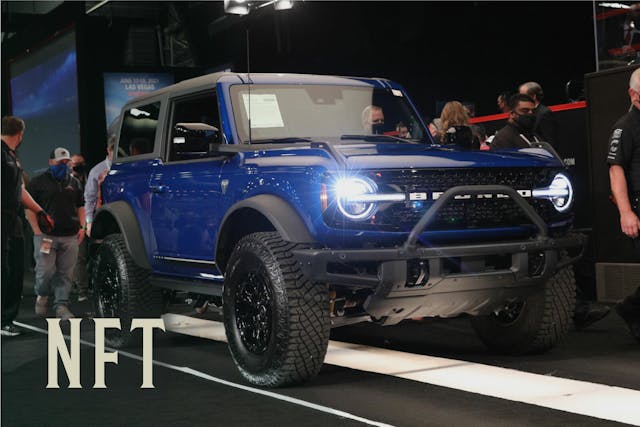
Hot Wheels’ parent company Mattel is rolling quickly into this world, recently launching an online marketplace for NFTs related to their Hot Wheels and Barbie products. The Hot Wheels NFT Garage enables collectors to assemble a virtual garage with their favorite digital rides, and have a chance at winning actual Hot Wheels IRL (“in real life,” for those of us who’ve passed a certain age). This initially appears to be a play to engage collectors, but is likely to broaden into more mainstream, kid-oriented purchases as familiarity with the tech spreads. As generational acceptance grows, NFTs may become just another way to share car culture, whether the “IRL” cars are pint-sized or full-scale.
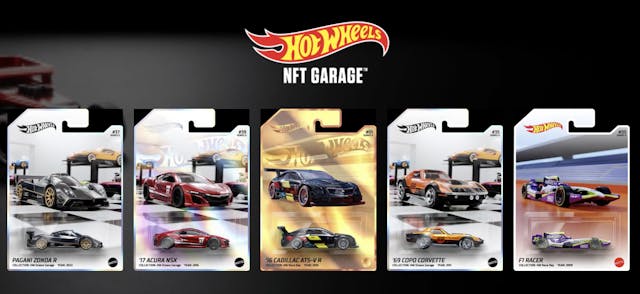
Just as NFT creators are toiling away while the market is down, Adams noted that some auction houses, starting in the art world, are working to become even more integrated in the digital space. “Christie’s 3.0 launched earlier this year,” said Adams. “They are investing in anything to help create a seamless experience between art and the digital world. This includes integrating information into blockchain for heightened security, enabling virtual reality experiences for bidders to better view lots remotely, and other attributes that foster a heightened, optimized interaction between those who engage in the auction community.” The collector car auction world may be a step or two behind the art community, but you can expect to see this technology proliferate if it meets success among the transfer of Monets, Warhols, and Bored Apes.
Crypto is becoming conventional
Crypto remains at the fringe of our precious hobby. Bankman-Fried’s alleged misbehavior at FTX won’t directly ding your classic’s value any time soon. Yet the attributes of crypto’s latest slide in some ways makes clear that it’s become an integral part of the wider financial world—just one of many things that influence, and are influenced by the larger economy as a whole. Where we’re more likely to see a direct and growing impact from crypto and blockchain tech is in our experience of buying and selling cars, as well as in new digital ways in which to express our love of car culture.
***
Check out the Hagerty Media homepage so you don’t miss a single story, or better yet, bookmark it. To get our best stories delivered right to your inbox, subscribe to our newsletters.
